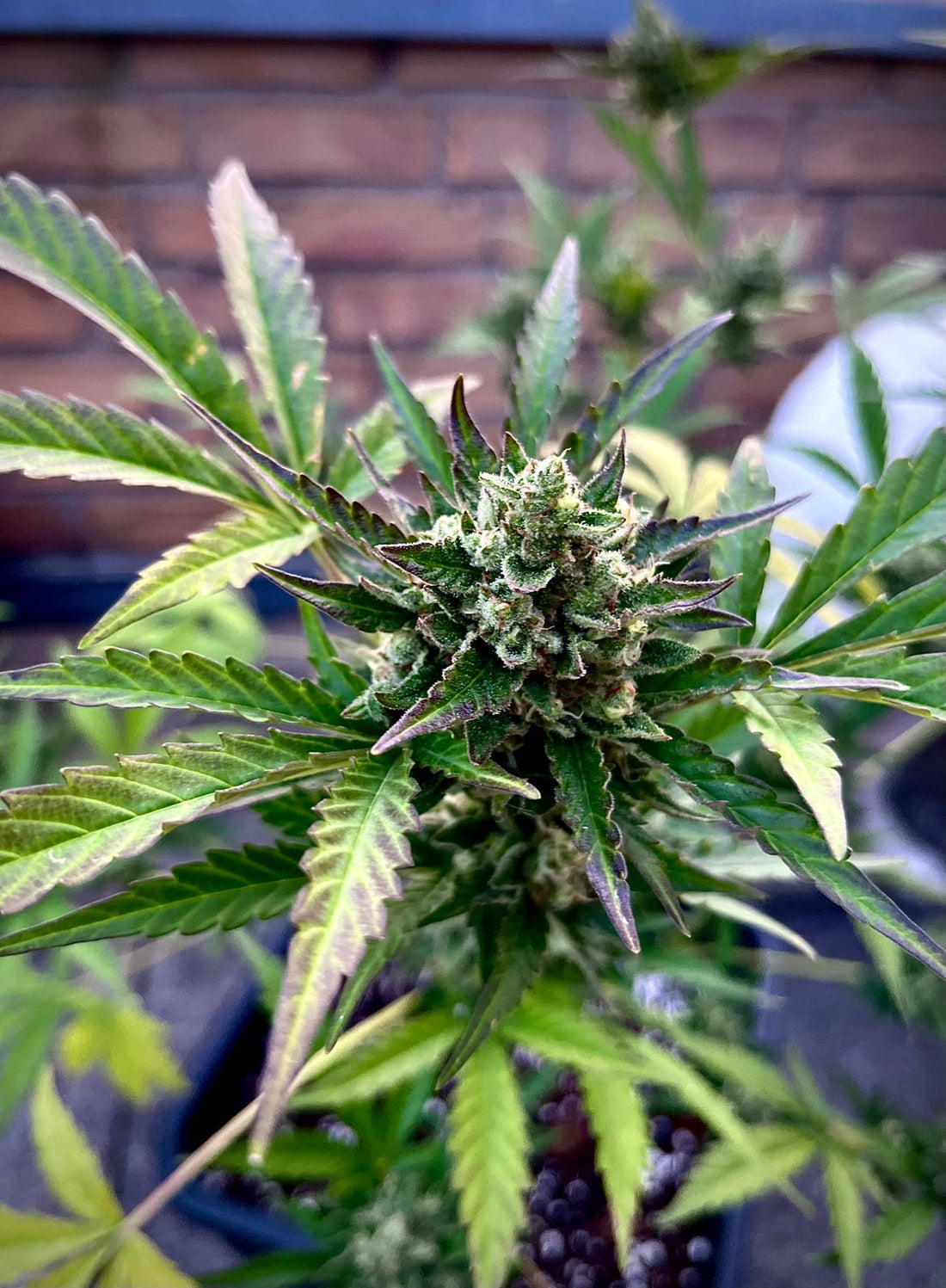
Autoflowering vs. Photoperiod Cannabis Strains
Share
The Pros and Cons of Growing Autoflowering vs. Photoperiod Cannabis Strains
Growing cannabis can be an exciting journey, but choosing the right type of strain for your garden is crucial. Two main types of cannabis strains you can grow are autoflowering and photoperiod strains. Each type has its own unique characteristics, advantages, and disadvantages. Let's discuss what the biggest differences are.
Understanding Autoflowering Strains
Autoflowering cannabis strains, as the name suggests, automatically switch from the vegetative stage to the flowering stage based on age rather than light cycle. These strains are bred from Cannabis ruderalis, a variety of cannabis that naturally grows in regions with shorter growing seasons.
Pros of Autoflowering Strains:
-
Fast Growth Cycle:
- Autoflowering strains typically have a shorter growth cycle, usually taking around 8-12 weeks from seed to harvest. This allows for multiple harvests in a single growing season.
-
Compact Size:
- These plants tend to stay smaller and more compact, making them ideal for growers with limited space or those who prefer a discreet grow.
-
Simple Light Requirements:
- Since autoflowering plants do not depend on light cycles to flower, they can be grown under a consistent 18-24 hours of light per day, simplifying the lighting schedule.
-
Resilience:
- Autoflowering strains are often more resilient to pests, diseases, and environmental stresses due to their ruderalis genetics.
Cons of Autoflowering Strains:
-
Lower Yields:
- Generally, autoflowering strains produce smaller yields compared to photoperiod strains. The shorter growth cycle and compact size contribute to this difference.
-
Limited Training Options:
- Due to their fast growth, there is limited time for training techniques like topping, fimming, or LST (low-stress training) to increase yields.
-
Genetic Variation:
- Autoflowering strains can sometimes exhibit more genetic variation, leading to inconsistencies in plant size and potency. However, this leads to many more interesting phenotypes!
Understanding Photoperiod Strains
Photoperiod cannabis strains rely on changes in the light cycle to transition from the vegetative stage to the flowering stage. These strains typically require a consistent light cycle of 18 hours of light and 6 hours of darkness during the vegetative stage, and 12 hours of light and 12 hours of darkness during the flowering stage.
Pros of Photoperiod Strains:
-
Higher Yields:
- Photoperiod strains generally produce larger yields due to their longer vegetative stage, which allows more time for plant growth and development.
-
Greater Control:
- Growers have more control over the growth cycle, allowing for extended vegetative periods to train plants and increase yields.
-
Wide Variety:
- Photoperiod strains offer a wide range of genetic diversity, with numerous options for flavors, effects, and potency.
-
Training Flexibility:
- These strains can be trained using various techniques (topping, fimming, LST, super cropping) to optimize canopy structure and maximize yields.
Cons of Photoperiod Strains:
-
Longer Growth Cycle:
- The growth cycle for photoperiod strains is generally longer, taking anywhere from 3 to 6 months from seed to harvest.
-
Complex Light Requirements:
- Managing the light cycle can be more complex, requiring strict adherence to light schedules to avoid stress and hermaphroditism.
-
Space Requirements:
- Photoperiod plants can grow quite large, necessitating more space and potentially making them less suitable for discreet grows.
Choosing the Right Strain for Your Needs
When deciding between autoflowering and photoperiod strains, consider the following factors:
-
Space and Discretion:
- If you have limited space or need a discreet grow, autoflowering strains may be more suitable due to their compact size.
-
Time and Patience:
- For growers looking for quick harvests, autoflowering strains offer a faster turnaround. However, if you’re willing to invest time for larger yields, photoperiod strains are a better option.
-
Experience Level:
- Autoflowering strains are often recommended for beginners due to their resilience and simpler light requirements. Experienced growers may prefer photoperiod strains for their training flexibility and potential for higher yields.
-
Yield Goals:
- If your primary goal is to maximize yield, photoperiod strains are the way to go. Autoflowering strains, while faster, generally produce smaller harvests.
Conclusion
Both autoflowering and photoperiod cannabis strains have their unique advantages and disadvantages. By understanding these differences, you can choose the right type of strain for your growing environment and personal preferences. Whether you opt for the quick and easy autoflowers or the yield-maximizing photoperiods, successful cannabis cultivation comes down to knowledge, care, and attention to detail.
My Personal Preference
I currently have one large 10x5 tent so I can run a 12 plant autoflower cycle in there. Once I have more tents I will start running photos more often. For the time being I will be running exclusively autos.
Happy growing!
Feel free to share your experiences and tips in the comments below. Have you tried growing both types of strains? Which do you prefer and why?
